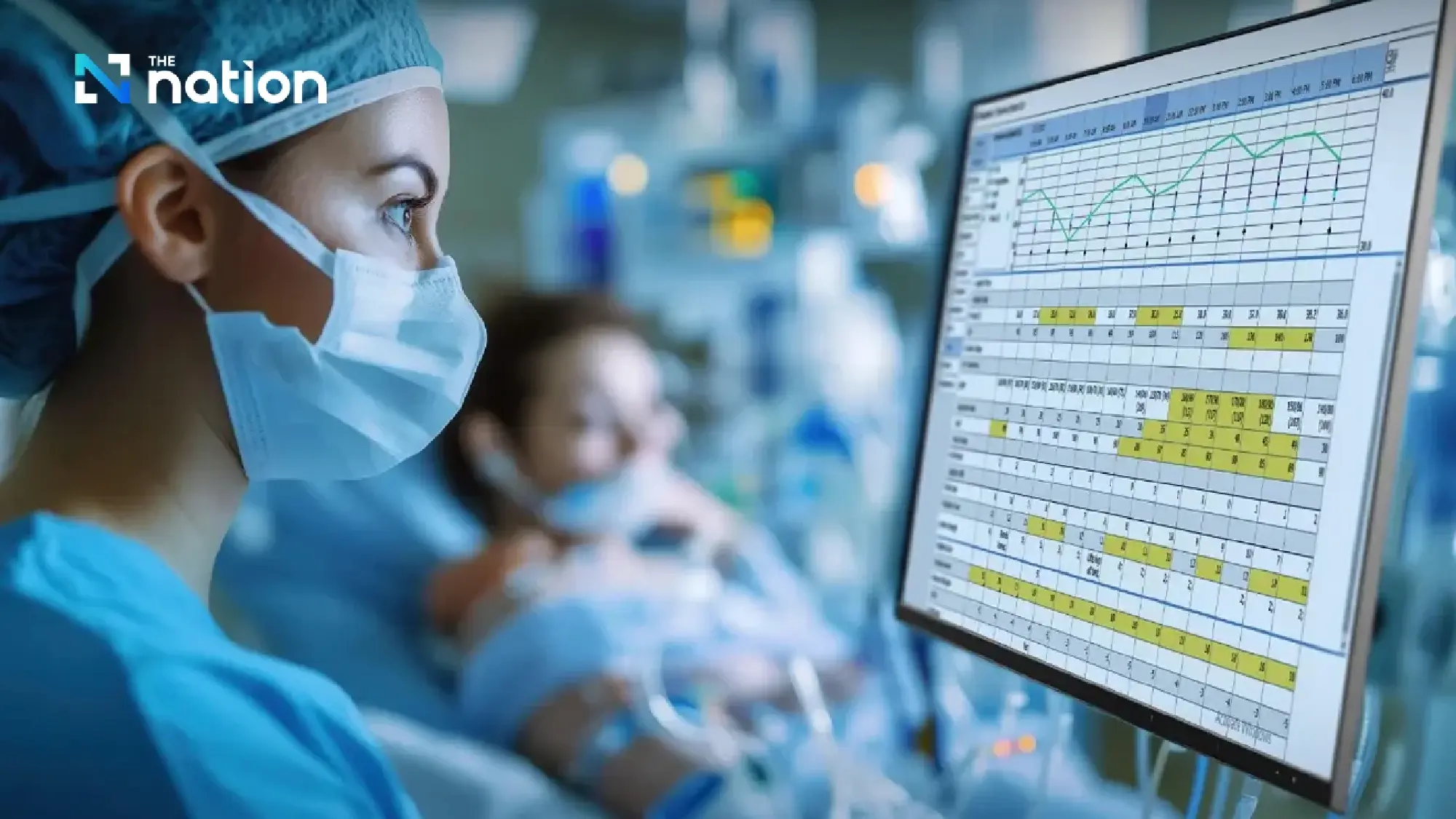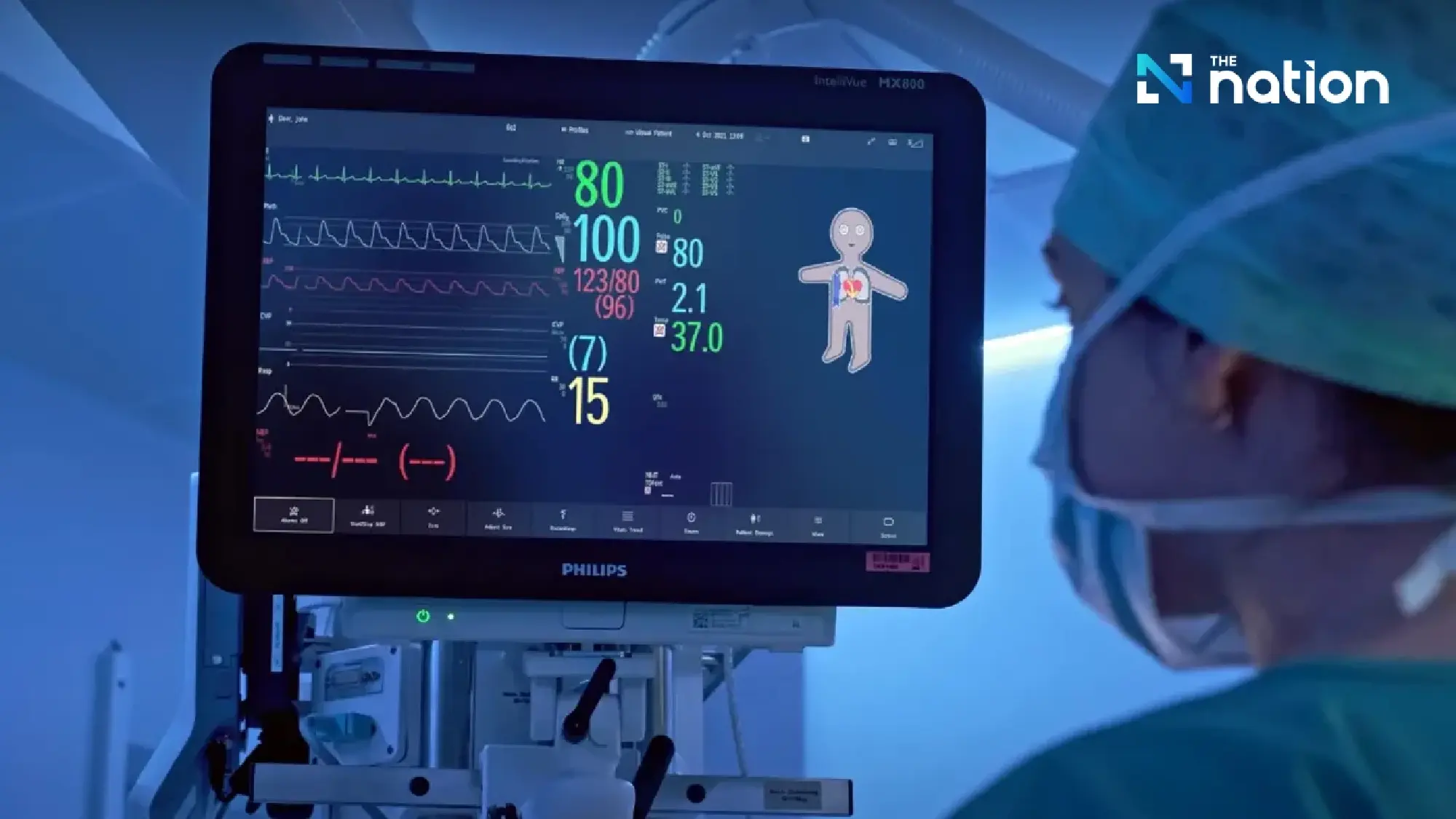Key Takeaways:
- Using AI cybersecurity tools can help you detect threats
faster, reduce attacker dwell time, and improve your
organization’s overall risk posture.
- Generative AI supports cybersecurity compliance by accelerating
breach analysis, reporting, and regulatory disclosure
readiness.
- Automating cybersecurity tasks with AI helps your business
optimize resources, boost efficiency, and improve security program
ROI.
Cyber threats are evolving fast — and your organization
can’t afford to fall behind. Whether you’re in healthcare, manufacturing, entertainment, or another dynamic industry,
the need to protect sensitive data and maintain trust with
stakeholders is critical.
With attacks growing in volume and complexity, artificial
intelligence (AI) offers powerful support to help you detect
threats earlier, respond faster, and stay ahead of changing
compliance demands.
Why AI Is a Game-Changer in Cybersecurity
Your business is likely facing more alerts and threats than your
team can manually manage. Microsoft reports that companies face
over 600 million cyberattacks daily — far
beyond human capacity to monitor alone.
AI tools can help by automating key aspects of your cybersecurity strategy, including:
- Real-time threat detection: With
“zero-day attack detection”, machine learning identifies
anomalies outside of known attack signatures to flag new threats
instantly.
- Automated incident response: From triaging
alerts to launching containment measures without waiting on human
intervention.
- Security benchmarking: Measuring your defenses
against industry standards to highlight areas for improvement.
- Privacy compliance support: Tracking data
handling and reporting to meet regulatory requirements with less
manual oversight.
- Vulnerability prioritization and patch
management: AI can rank identified weaknesses by severity
and automatically push policies to keep systems up to date.
AI doesn’t replace your team — it amplifies their
ability to act with speed, precision, and foresight.
Practical AI Use Cases to Consider
Here are some ways AI is currently being used in cybersecurity
and where it’s headed next:
1. Summarize Incidents and Recommend Actions
Generative AI can instantly analyze a security event and draft
response recommendations. This saves time, supports disclosure
obligations, and helps your team update internal policies based on
real data.
2. Prioritize Security Alerts More Efficiently
AI triage tools analyze signals from across your environment to
highlight which threats require urgent human attention. This allows
your staff to focus where it matters most — reducing risk and
alert fatigue.
3. Automate Compliance and Reporting
From HIPAA to SEC rules to state-level privacy laws, the
regulatory landscape is more complex than ever. AI can help your
organization map internal controls to frameworks, generate
compliance reports, and summarize what needs to be disclosed
— quickly and accurately.
4. Monitor Behavior and Detect Threats
AI can track user behavior, spot anomalies, and escalate
suspicious actions (like phishing attempts or unauthorized access).
These tools reduce attacker dwell time and flag concerns in seconds
— not weeks or months.
5. The Next Frontier: Autonomous Security
The future of AI in cybersecurity includes agentic systems
— tools capable of acting independently when breaches occur.
For instance, if a user clicks a phishing link, AI could
automatically isolate the device or suspend access.
However, this level of automation must be used carefully. Human
oversight remains essential to prevent overreactions — such
as wiping a laptop unnecessarily. In short, AI doesn’t replace
your human cybersecurity team but augments it — automating
repetitive tasks, spotting hidden threats, and enabling faster,
smarter responses. As the technology matures, your governance
structures must evolve alongside it.
Building a Roadmap and Proving ROI
To unlock the benefits of AI, your business needs a strong data
and governance foundation. Move from defense to strategy by first
assessing whether your current systems can support AI —
identifying gaps in data structure, quality, and access.
Next, define clear goals and ROI metrics. For example:
- How much time does AI save in daily operations?
- How quickly are threats identified post-AI deployment?
- What are the cost savings from prevented incidents?
Begin with a pilot program using an off-the-shelf AI product. If
it shows value, scale into customized prompts or embedded tooling
that fits your specific business systems.
Prompt Engineering to Empower Your Team
Your teams can get better results from AI by using structured
prompts. A well-designed prompt ensures your AI tools deliver
clear, useful, business-ready outputs.
Example prompt:
“Summarize the Microsoft 365 event with ID
‘1234’ to brief executive leadership. Include the event
description, threat level, correlated alerts, and mitigation steps
— in plain language suitable for a 10-minute
presentation.”
This approach supports internal decision-making, board
reporting, and team communication — all essential for
managing cyber risks effectively.
Don’t Wait: Make AI Part of Your Cybersecurity
Strategy
AI is no longer a “nice to have”; it’s a core
component of resilient, responsive cybersecurity programs.
Organizations that act now and implement AI strategically will be
better equipped to manage both today’s threats and
tomorrow’s compliance demands.
The content of this article is intended to provide a general
guide to the subject matter. Specialist advice should be sought
about your specific circumstances.

























